As a cat enthusiast, you undoubtedly want the best for your furry companion. Cats are curious creatures, often intrigued by the foods we eat. While sharing a meal with your feline friend might seem harmless or even endearing, some human foods can be dangerous to them. Understanding which foods are healthy for you but harmful to your cat is crucial in ensuring their well-being.
1. Chocolate: A Tempting Delight for Humans, A Toxic Treat for Cats
Chocolate is a beloved treat for many humans, but it poses a significant risk for cats. It contains theobromine and caffeine, both of which are toxic to felines. Even a small amount can lead to vomiting, diarrhea, increased heart rate, or even seizures. While we may indulge in a piece of chocolate to lift our spirits, for cats, this indulgence can turn into a medical emergency. It’s essential to keep chocolate out of reach and ensure your cat doesn’t accidentally ingest any.
2. Onions and Garlic: Flavorful Ingredients with Hidden Dangers
Onions and garlic are staples in many savory dishes, known for their ability to enhance flavor. However, these ingredients contain compounds called thiosulfates, which can be harmful to cats. Ingesting onions or garlic can lead to anemia, a condition where red blood cells are destroyed faster than they are created. Symptoms may include lethargy, weakness, and pale gums. Always double-check that your cat’s food doesn’t contain onion or garlic, even in powdered form.
3. Grapes and Raisins: Sweet Snacks with Sour Consequences
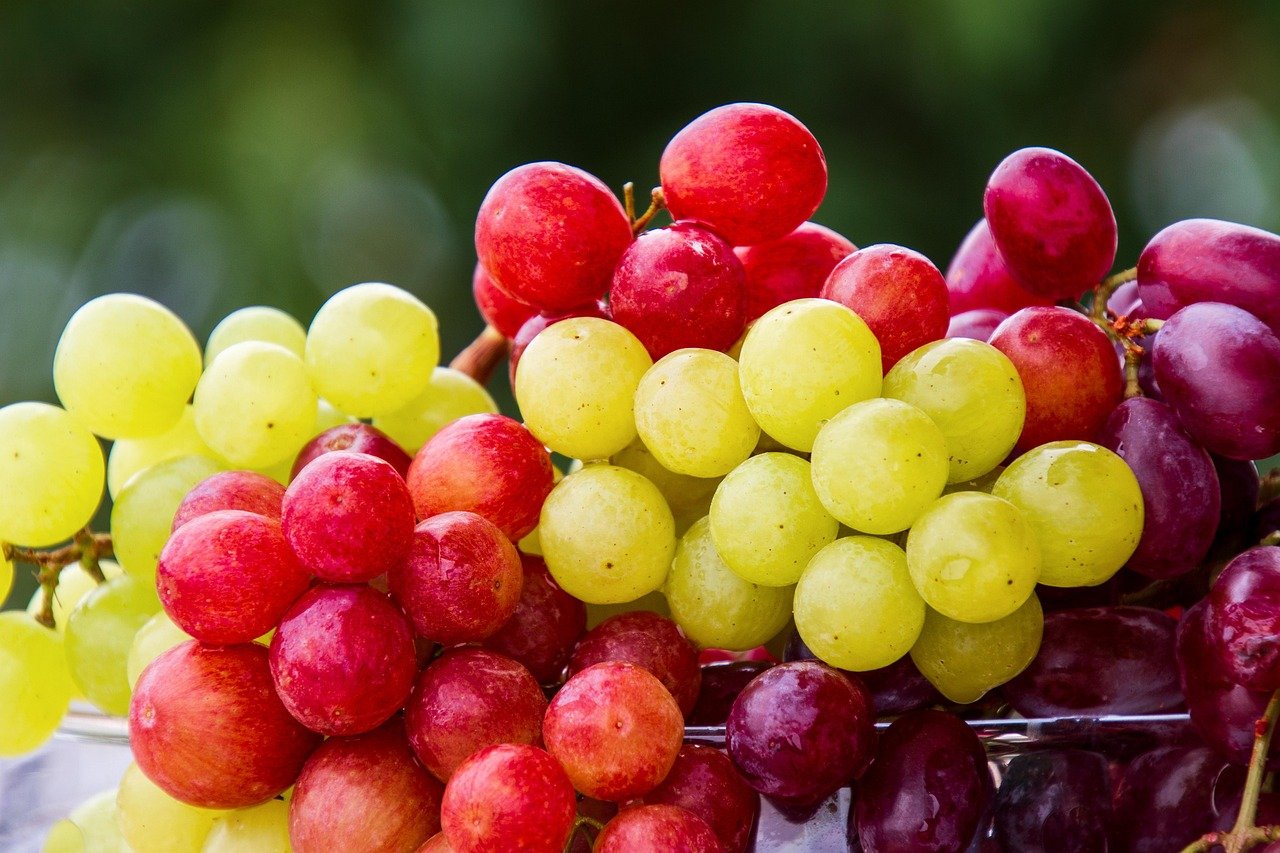
Grapes and raisins, though sweet and nutritious for humans, are potentially toxic to cats. The exact substance causing the toxicity is unknown, but even small amounts can cause kidney failure in felines. Symptoms might include vomiting, loss of appetite, and lethargy. If you use grapes or raisins as a snack or in recipes, ensure your cat doesn’t have access to them, as the consequences can be dire.
4. Alcohol: A Social Beverage Turned Hazardous
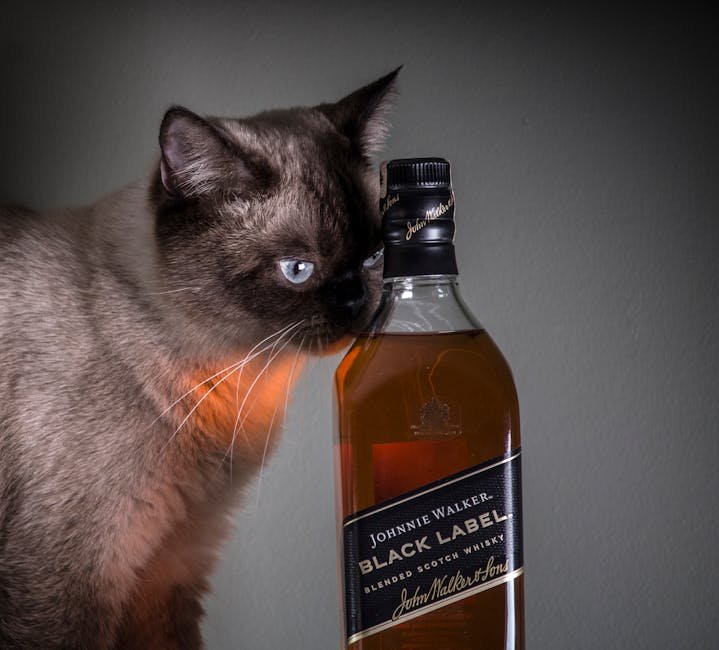
Alcohol is often consumed in social settings, but it can be extremely dangerous for cats. Even small amounts of alcohol can lead to ethanol poisoning in felines, resulting in symptoms like vomiting, disorientation, and in severe cases, respiratory failure. While sharing a drink with friends might be a way to unwind, offering alcohol to your cat, intentionally or accidentally, could be life-threatening.
5. Dairy Products: Creamy Treats with Unforeseen Effects
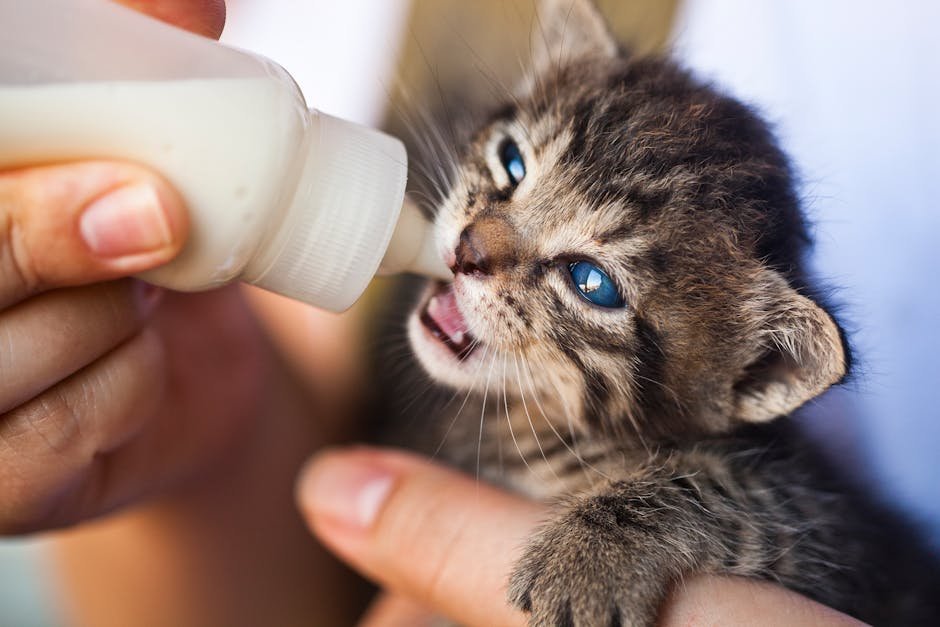
Many people believe that cats love milk, but the reality is that most adult cats are lactose intolerant. Dairy products can lead to digestive issues such as diarrhea or upset stomachs. While a bowl of milk might seem like a classic treat for a cat, it’s better to offer them water or specially formulated cat milk. This ensures they stay hydrated without the discomfort of lactose intolerance.
6. Caffeine: A Morning Boost with Potential Dangers
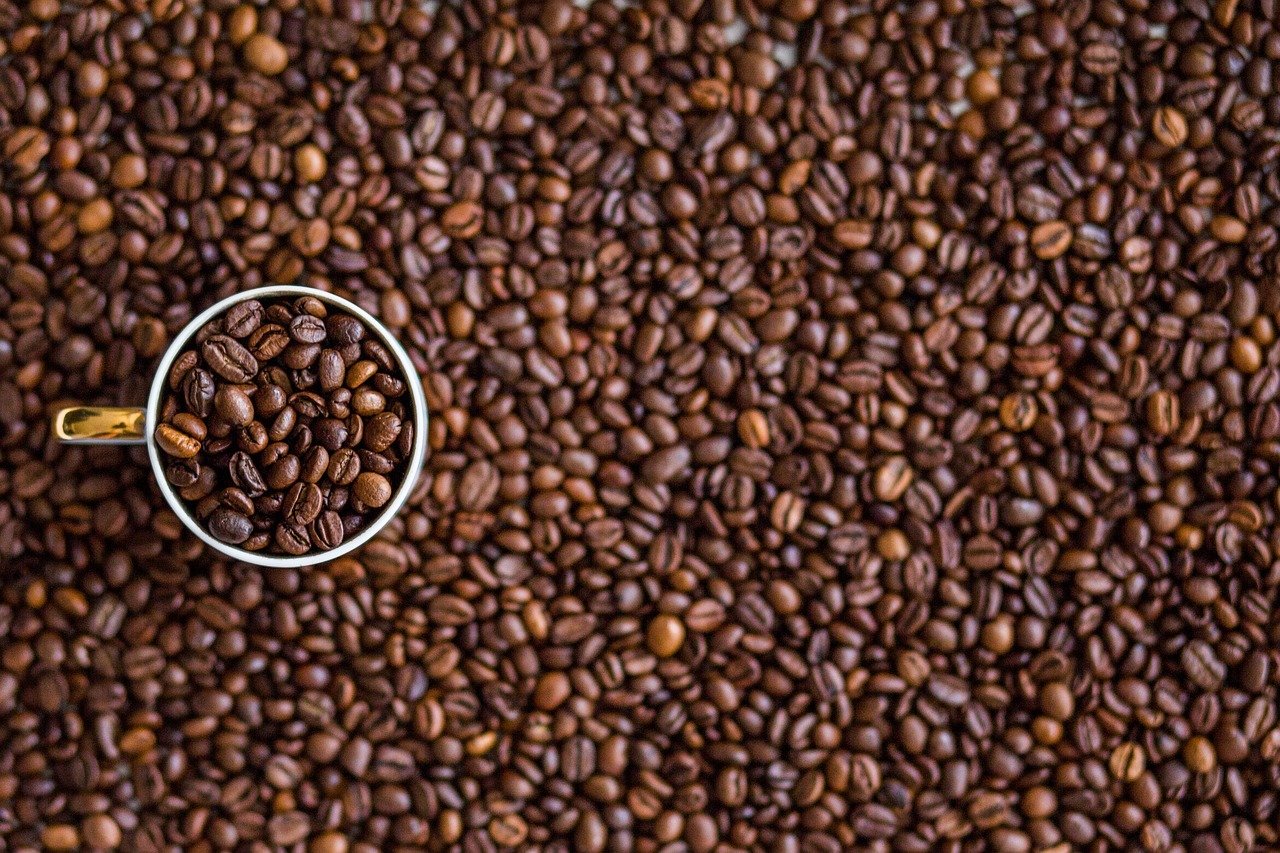
Caffeine is a staple in many people’s morning routines, providing a much-needed energy boost. However, caffeine is toxic to cats, affecting their heart and nervous systems. Symptoms of caffeine poisoning include restlessness, rapid breathing, and muscle tremors. It’s crucial to prevent your cat from accessing coffee, tea, or any caffeinated products, as even small amounts can be harmful.
7. Avocado: A Superfood with Hidden Risks
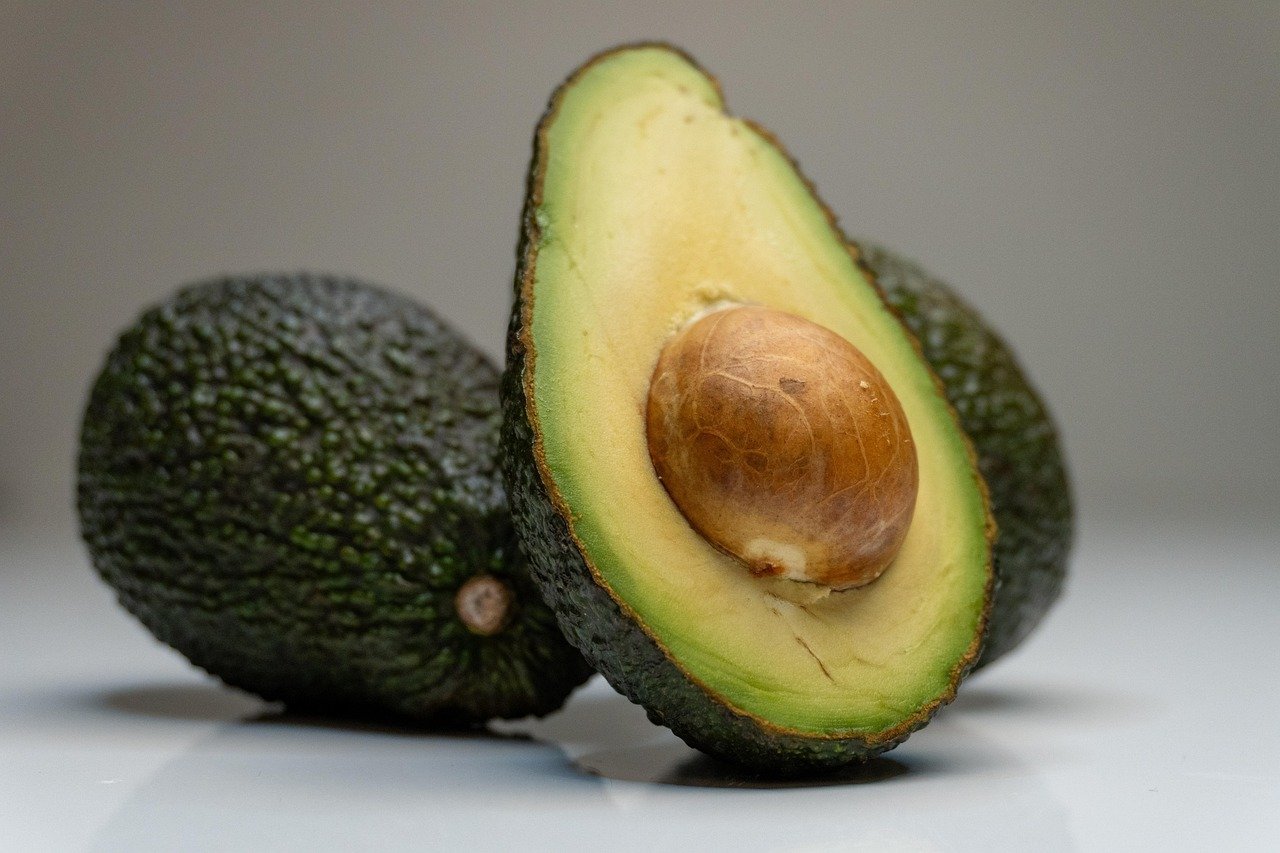
Avocado is often touted as a superfood for humans, rich in healthy fats and vitamins. However, avocados contain persin, a fungicidal toxin that can be harmful to cats. While the highest concentration of persin is in the leaves, seeds, and skin, even the flesh can cause digestive upset in felines. It’s best to keep avocados out of your cat’s reach to avoid any potential health issues.
8. Raw Eggs: A Protein Source with Potential Pitfalls
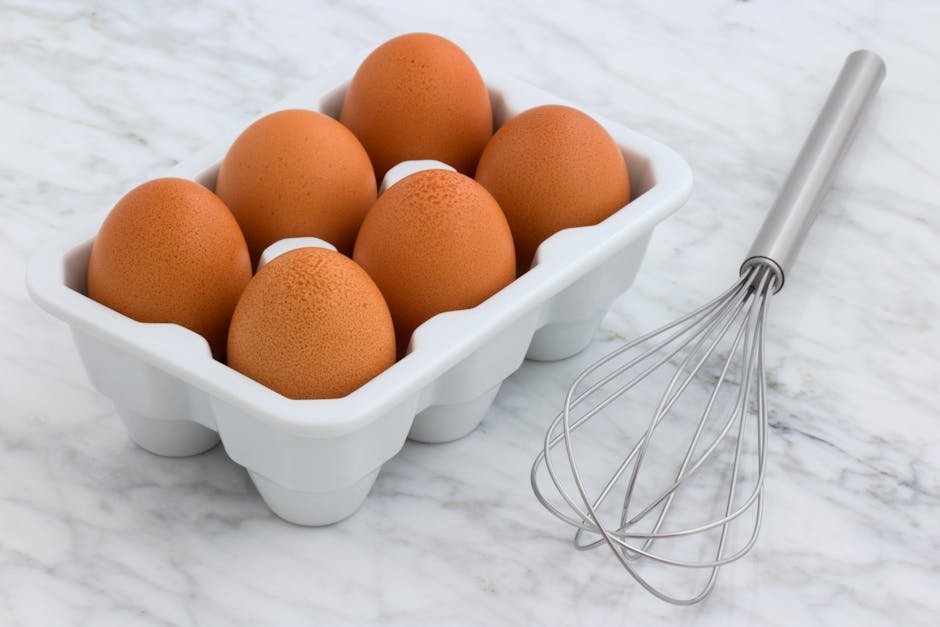
Raw eggs are sometimes consumed for their high protein content, but they pose a risk to cats. Besides the threat of salmonella, raw eggs contain avidin, a protein that can interfere with the absorption of biotin, an essential B vitamin. This can lead to skin and coat problems in cats. Cooking eggs eliminates these risks, so if you ever consider sharing them with your cat, ensure they are fully cooked.
9. Raw Fish: A Delicacy with Unseen Dangers
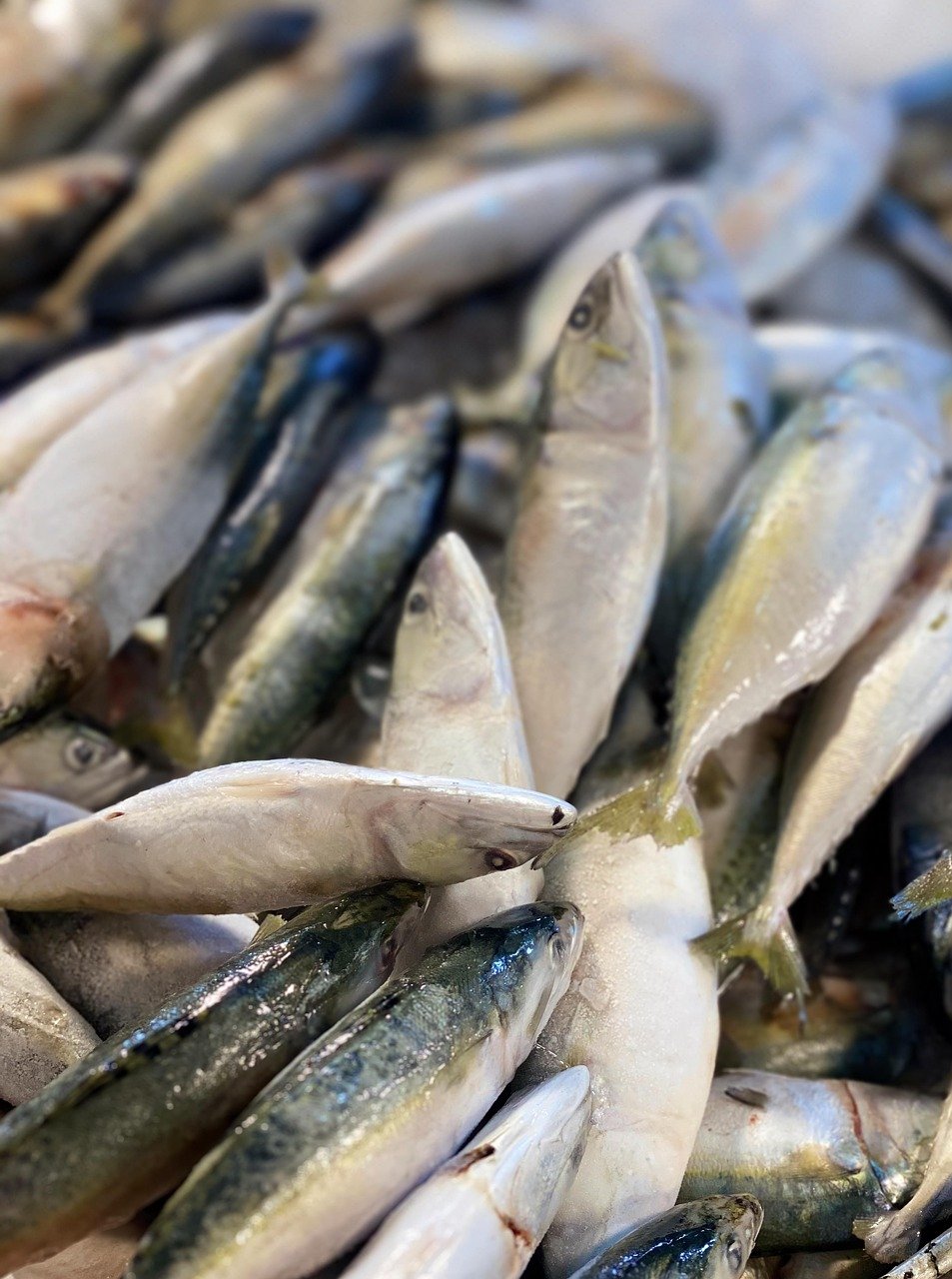
While cats are often associated with fish, raw fish can pose several health risks. It may contain parasites or bacteria like Salmonella or Listeria, which can lead to food poisoning. Additionally, raw fish contains an enzyme called thiaminase, which breaks down thiamine, an essential vitamin for cats. Thiamine deficiency can lead to neurological issues, so it’s safer to offer cooked fish instead.
10. Nuts: Crunchy Treats with Unexpected Hazards
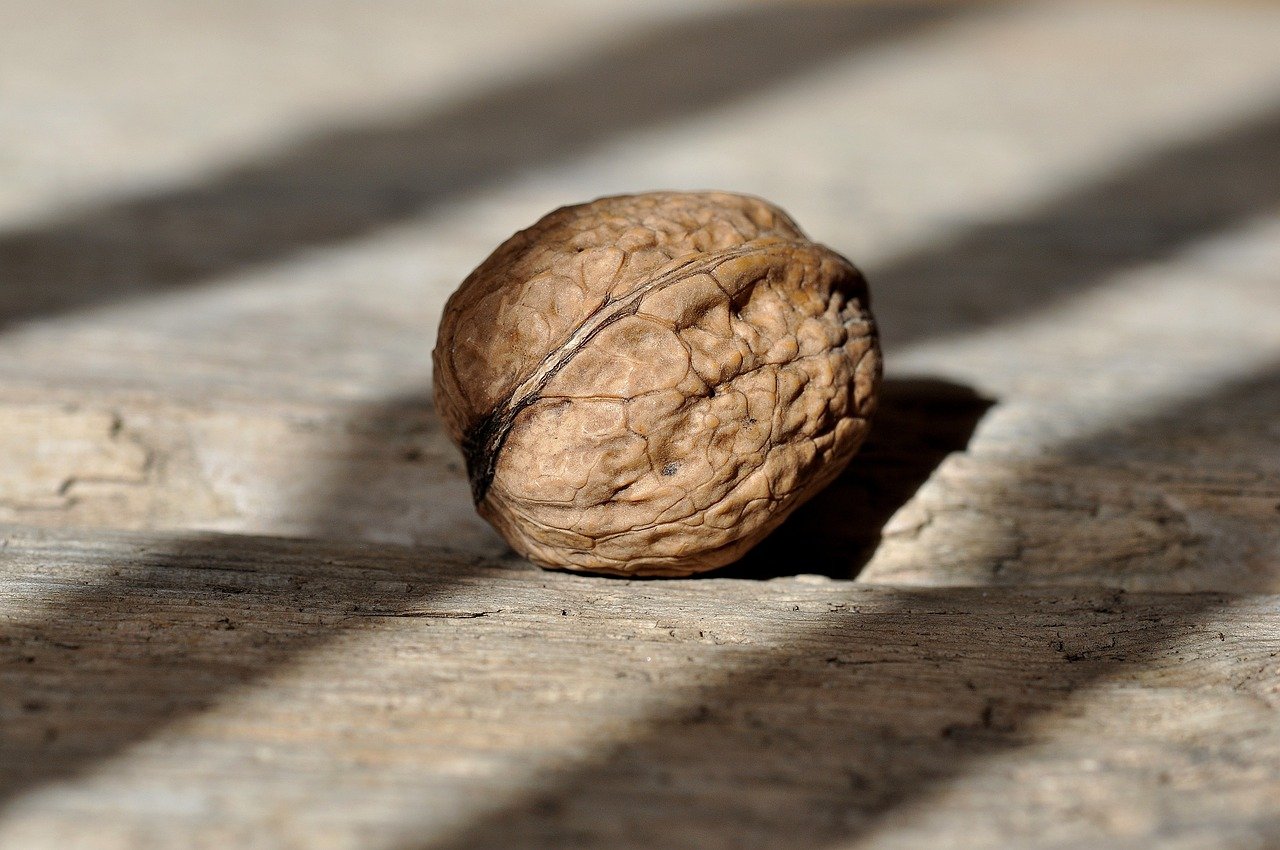
Nuts are packed with nutrients and make for a healthy snack for humans, but they can be hazardous to cats. Some nuts, like macadamia, are particularly toxic and can lead to symptoms like vomiting, tremors, and fever. Even non-toxic nuts can pose a choking hazard or cause digestive upset due to their high-fat content. It’s best to avoid giving your cat any type of nut-based snack.
11. Citrus Fruits: Refreshing for Humans, Irritating for Cats
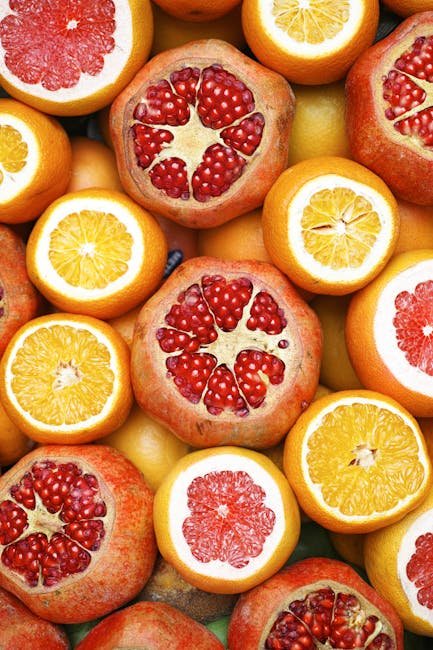
Citrus fruits are known for their refreshing taste and high vitamin C content. However, they contain essential oils and compounds like limonene, which can be irritating to a cat’s digestive system. Ingesting citrus fruits can lead to vomiting, diarrhea, and even central nervous system depression in felines. To protect your cat, keep citrus fruits out of their reach and avoid using citrus-based cleaning products where they frequent.
12. Tomatoes: A Common Ingredient with Potential Risks
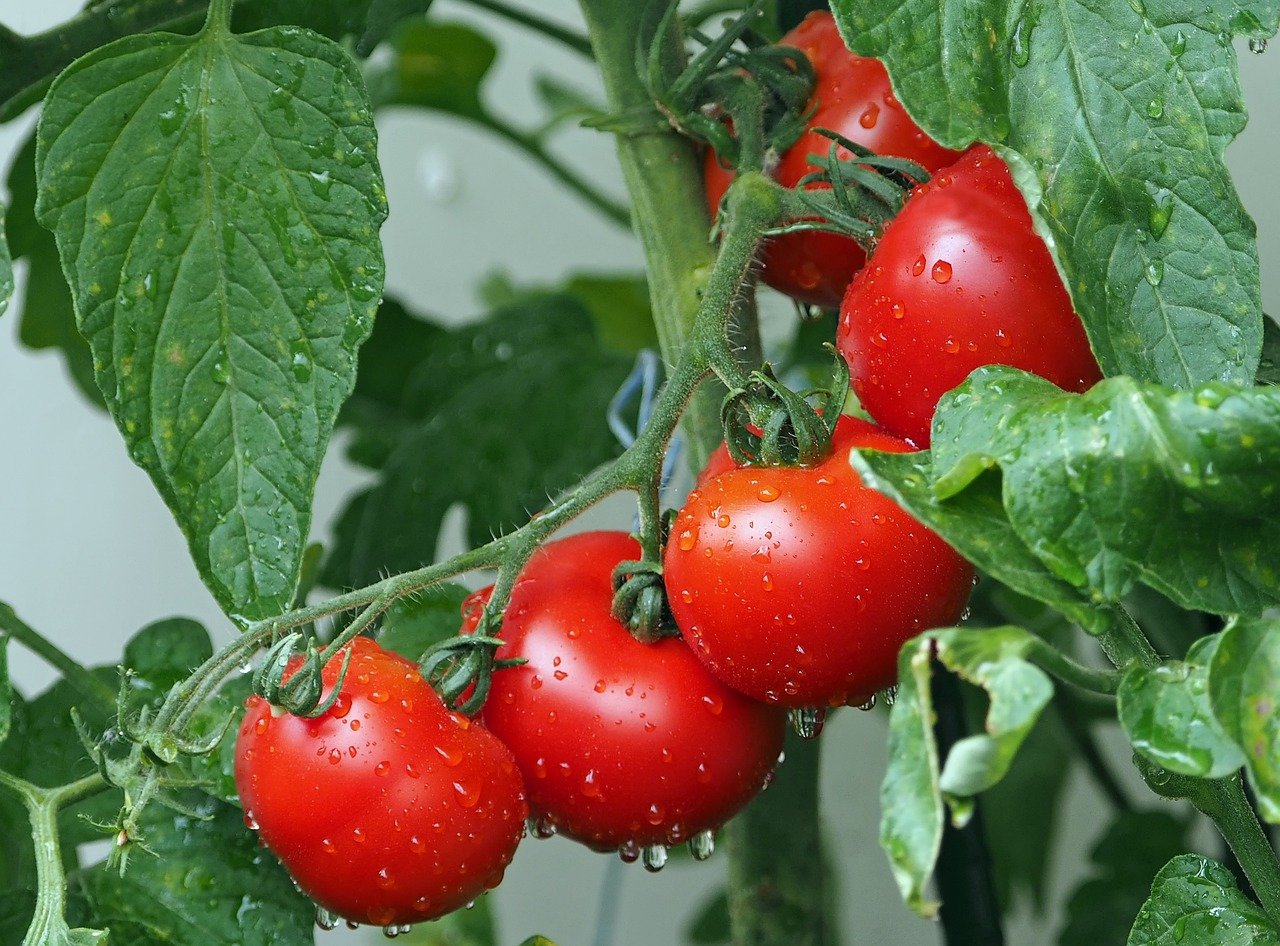
Tomatoes are a common ingredient in many dishes, but the green parts of the plant, including the stems and leaves, contain solanine, which is toxic to cats. While ripe tomatoes are generally safe in small amounts, it’s best to avoid giving them to your cat to prevent any accidental ingestion of toxic parts. If you’re growing tomatoes at home, ensure your cat doesn’t have access to the plants.
13. Bones: A Chewy Snack with Hidden Dangers
While bones might seem like a natural treat for cats, they can be dangerous. Small or cooked bones can splinter and cause choking or internal injuries. Even larger bones can pose a risk if they become lodged in a cat’s throat or intestines. Instead of bones, provide your cat with safe, vet-approved chew toys or treats that satisfy their natural urge to chew.
14. Bread Dough: Rising Concerns for Cats
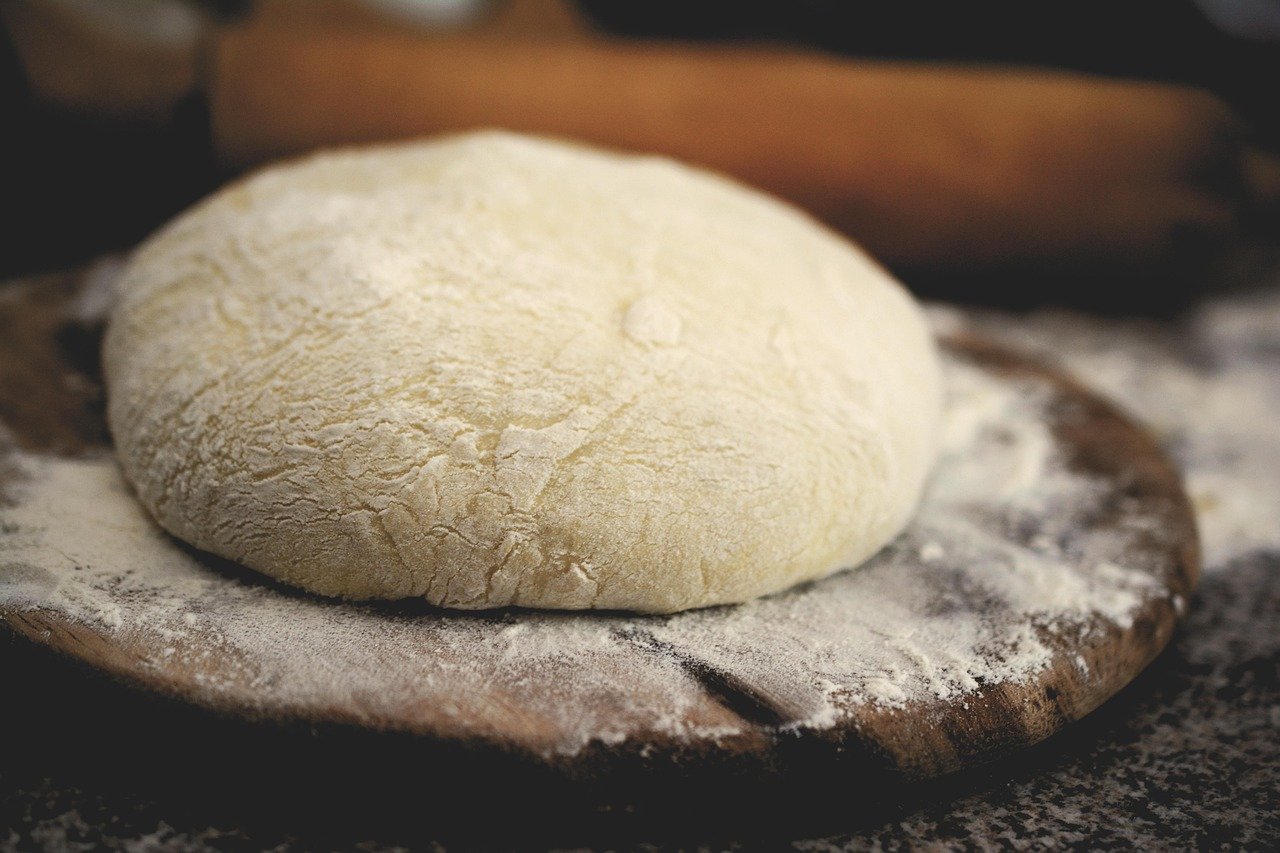
Raw bread dough can be particularly dangerous for cats. When ingested, the yeast in the dough continues to rise in the cat’s warm stomach, potentially causing bloating and discomfort. Additionally, the fermentation process produces alcohol, which can lead to ethanol poisoning. To keep your cat safe, ensure they don’t have access to raw dough and store it securely while baking.
15. Xylitol: A Sweetener with Serious Consequences
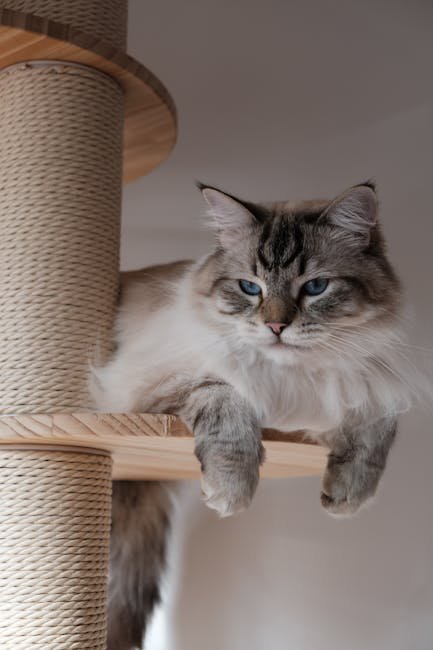
Xylitol is a sugar substitute found in many sugar-free products, such as gum and candies. While safe for humans, it can be extremely toxic to cats, leading to rapid insulin release, hypoglycemia, and even liver failure. If you suspect your cat has ingested xylitol, it’s crucial to seek veterinary care immediately. Always check the ingredients of products before offering them to your cat.
16. Fat Trimmings: A Risky Treat for Cats
Offering your cat fat trimmings from meat might seem like a tasty treat, but it can lead to pancreatitis, an inflammation of the pancreas. High-fat foods can cause digestive upset and contribute to obesity in cats. To ensure your cat stays healthy, provide them with a balanced diet specifically formulated for felines, rather than sharing table scraps.
17. Tuna: A Fishy Favorite with Potential Drawbacks

While many cats love the taste of tuna, feeding it to them regularly can lead to nutritional imbalances. Tuna lacks certain essential nutrients that cats need, and a diet high in tuna can lead to mercury poisoning. It’s best to offer tuna as an occasional treat and ensure your cat’s primary diet is balanced and complete.
18. Liver: A Nutritious Organ with Cautionary Notes

Liver is rich in nutrients and often used in pet foods, but too much can be harmful to cats. Excessive consumption of liver can lead to vitamin A toxicity, causing bone deformities and joint pain. While small amounts of liver can be beneficial, it’s important to feed it in moderation and as part of a balanced diet.
19. Corn: A Common Ingredient with Limited Benefits
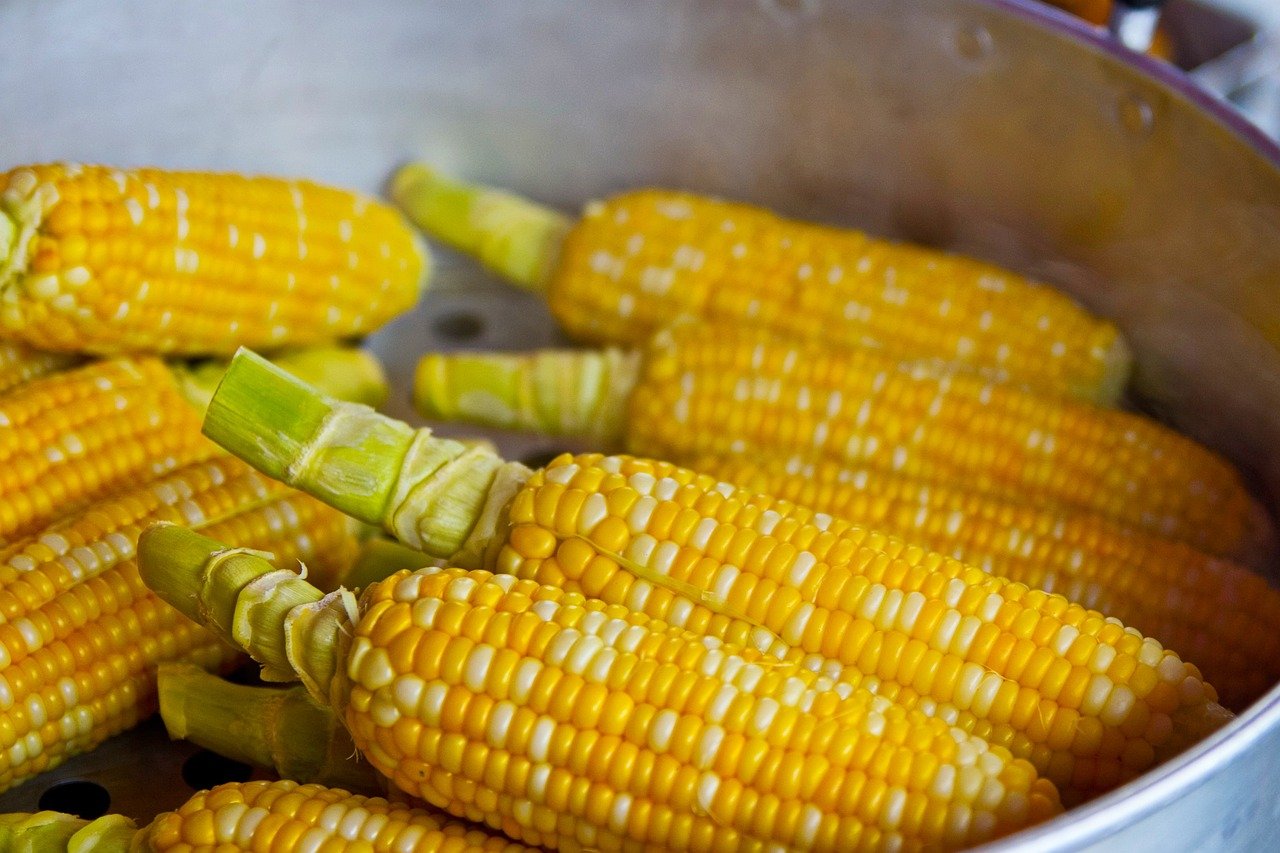
Corn is a common filler in many pet foods but offers limited nutritional benefits to cats. While not toxic, it can cause digestive issues or allergies in some felines. If you suspect your cat has a sensitivity to corn, opt for grain-free cat food options to ensure they receive the best nutrition without adverse effects.
20. Spinach: A Leafy Green with Potential Risks
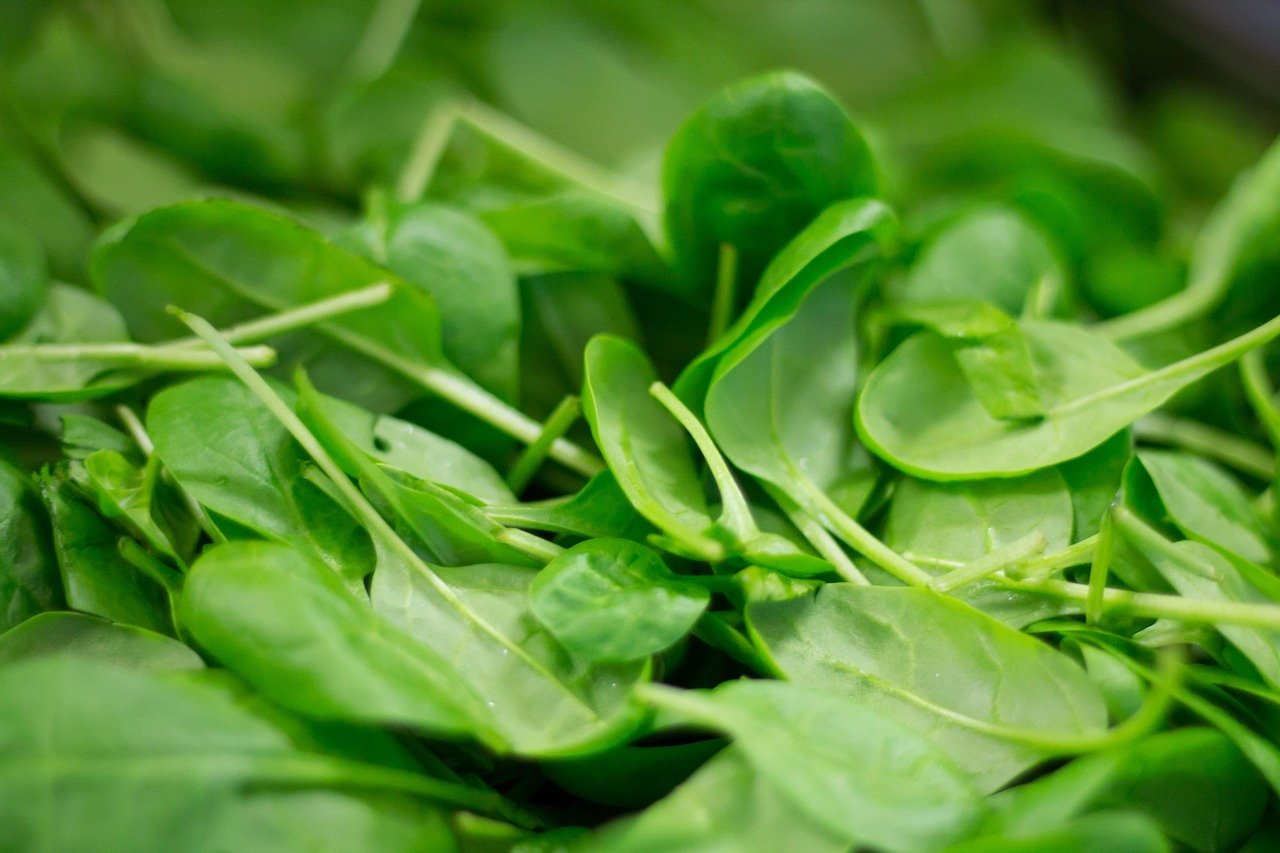
Spinach is often hailed as a superfood for humans, packed with vitamins and minerals. However, it contains oxalates, which can contribute to the formation of urinary crystals in cats. While small amounts might not pose a significant risk, it’s best to limit spinach in your cat’s diet and focus on foods designed specifically for their nutritional needs.
Understanding the foods that are harmful to cats allows you to make informed decisions for your feline friend. By avoiding these potentially dangerous foods and opting for cat-safe alternatives, you can ensure your cat leads a healthy and happy life.
Hi, I’m Bola, a passionate writer and creative strategist with a knack for crafting compelling content that educates, inspires, and connects. Over the years, I’ve honed my skills across various writing fields, including content creation, copywriting, online course development, and video scriptwriting.
When I’m not at my desk, you’ll find me exploring new ideas, reading books, or brainstorming creative ways to solve challenges. I believe that words have the power to transform, and I’m here to help you leverage that power for success.
Thanks for stopping by, Keep coming to this website to checkout new articles form me. You’d always love it!






